We primarily deploy the solution to medium-sized businesses from different markets, from automotive to sales to medical, etc.
The installation was really easy to perform.
The most valuable aspect on VxRail is the one-click update where they are doing the updates all at once for the drivers, buyers, ID reg, and for the VMS. In one click it's running. It's great.
The performance is very good.
The update process is very convenient.
The price should come down a little bit. It has become better than it was at the beginning. There was a really big price difference between a hyper-converged infrastructure and the classic servers and storage. The gap is lessening, however, it's still there.
I first saw VxRail in 2016 when I was at EMC World in Las Vegas. I found it was a very, very interesting solution then, however, we didn't make our first installation until 2018.
The scalability is great. You can scale within the system easily. You just put in more disks and more memory. Even if you stop with one CPU, you can add a second one or you can go and just add another when customers come and say, "Okay we need more." We just buy another node and put it in. Within, let's say, 20 minutes, the node is within the cluster. It's quick and easy.
For us, we used to earn our money with installing and updating, etc., however, the customer's doing it all by himself now, even if he gets a new server or cluster, it's one each click.
Since we do not use the VxRail internally and we are just sending it to our customers, we have a technical team of about 10 people that are working in the service. Within this, there are three people who are working with VxRail.
How useful technical support really is in terms of solving the issue at hand depends on who you get. It's not only at Dell EMC. It's at Fujitsu, it's at HP, at Lenovo. It depends on which person you get on the other line of the phone. Sometimes it's great and there's no problem. Within a few minutes, the problem is solved. Sometimes you have to wait for the second or the third person that you get to be able to know what the problem is and be able to help you solve it.
I'd recommend the solution.
The big advantage of the VxRail is the one-click update. If you are using, let's say HP or Fujitsu, and use the standard VSAM cluster, then you have to update the virtual center, you have to update the host, you have to update the VSAM, you have to update drivers, etc.
You also have to consider the HCL, whether the driver fits to that new VM version. For example, let's say from the customer side when they are working with the solution, there's no big difference whether the user is working with VxRail or the VSAM cluster. However, when you look at it from a maintenance and updating perspective, the VxRail really offers a superior system.
I'd rate the solution eight out of ten. The product is almost perfect. It really does fit the needs of our customers.



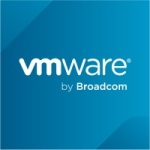

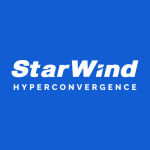



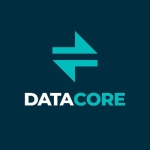



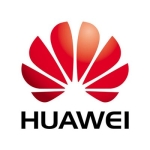
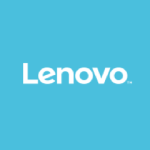

you should be impartial and also show the statements of customers who decide to purchase Nutanix Acropolis because of its superior features and better performance.